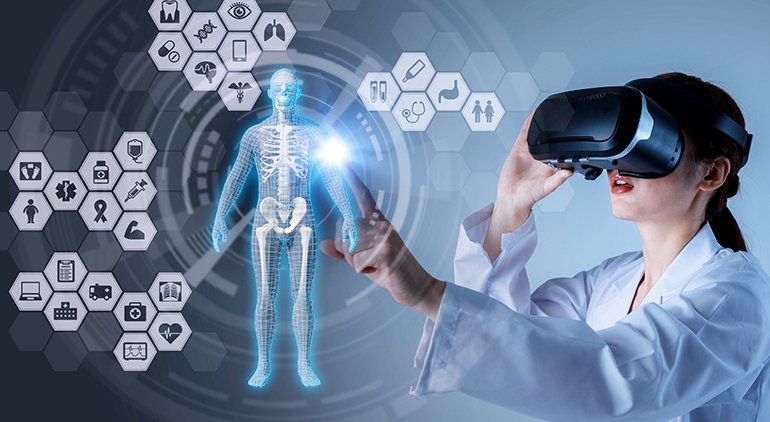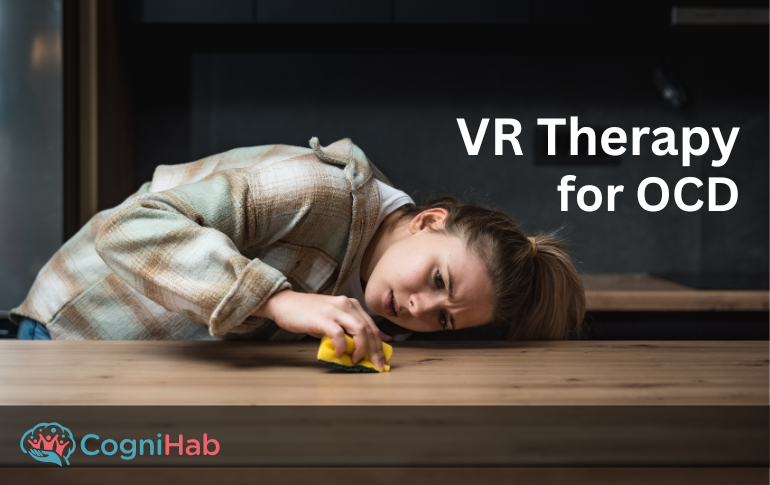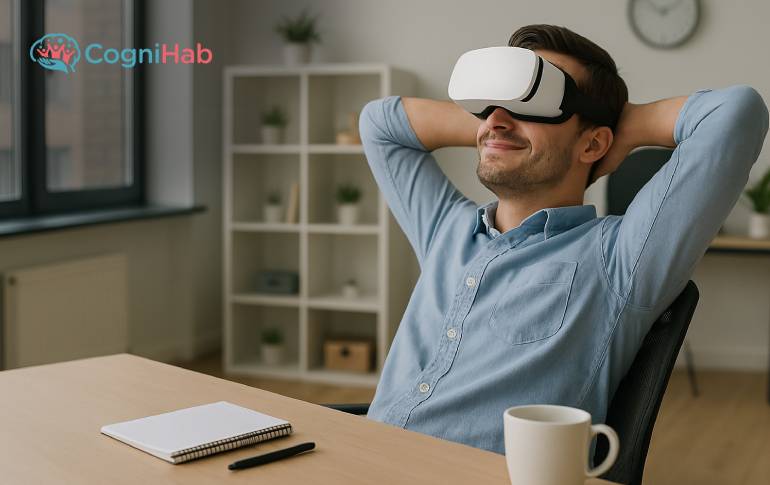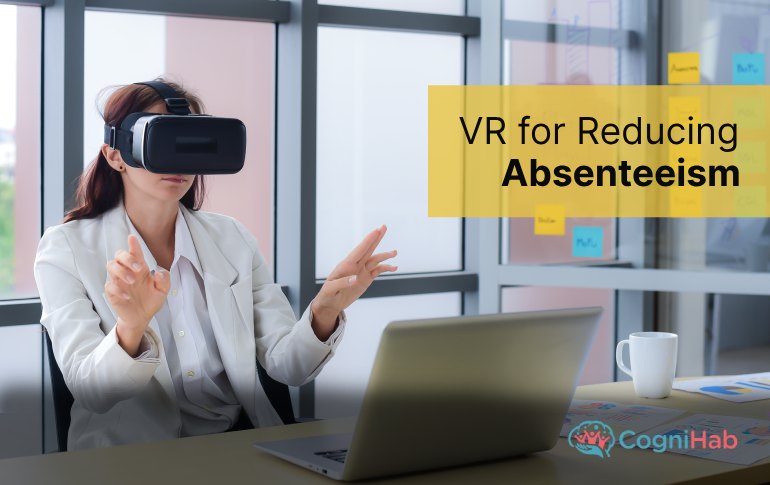Patient Education through AR: Helping Patients Make Informed Decisions
AR has transformed the consumer experience through interactivity and realism. In the healthcare sector, augmented reality is driving a deeper understanding of patient needs and addressing them through innovation. According to an Acumen report,
- AR in the healthcare market will experience a CAGR of 33.4% from 2020 to 2027.
- This growth will value the market at $7311.7 Million by 2027.
The healthcare market has previously used AR in the field of medical education. But this isn’t limited to just the healthcare workers. AR has proven itself as an immensely useful tool to educate the patients as well.
AR in Patient Education
Patient Education is a process where healthcare professionals influence patient behavior thus improving their health status through the dissipation of information. This communication between the doctor and the patient is the key to high-quality healthcare.
• Even though the doctors explain the complete treatment and surgery using drawings and models to the patients, there are still some unfilled gaps about the risks, complications, and postoperative care.
Augmented reality is trying to fill this gap by assisting healthcare professionals in educating the patient.
• Augmented Reality provides the ability to overlay reality with virtual elements. This makes the understanding of anatomical structures and physiological mechanisms easier for laymen.  • This ability of AR in healthcare makes it easy for medical professionals to help patients understand the problems, treatment, surgical procedures, and a lot more.
• This ability of AR in healthcare makes it easy for medical professionals to help patients understand the problems, treatment, surgical procedures, and a lot more.
• As this gap in communication gets filled, it better equips the patent with trust in the process and amplifies the response to the treatment.
In a survey conducted among patients of age ranging from 61-78 years for 5 months, it was found that 89% of the participants felt better when informed about their health status through technologies like AR. They felt more engaged.
This mainly arises due to the benefits of filling the communication gap. Let us see how AR is disrupting patient education.
Benefits of AR in Patient Education
Patients nowadays are looking for healthcare professionals who can successfully provide treatment without hampering their daily lives. And to fulfill this, healthcare professionals today are expanding their competence with the help of AR.
AR has immense potential of communicating critical but complex information, so it is used by doctors to convey the information about
• Health problems
Complex health problems such as heart disease, tumors, and a lot more can be easily explained with the help of AR. It can be done by projecting the visuals of the organ in the physical environment.• Treatment
AR can help healthcare professionals in explaining the treatment for any health issue. The doctors can easily explain how the treatment works at improving the patients’ health.• Demo Surgery
With the help of 3D projections of the organs (such as the brain, heart, kidney), the surgeon can easily describe the complete procedure of the operation (removing a tumor, heart surgery, dialysis) to the patient, explaining everything in detail.• Postoperative Care
The patient can be informed about the necessity and the depth of postoperative care to improve the results of the operation.Conclusion
AR enables the patient to have a stress-free medical procedure. Better information also helps them understand the side effects and the exact nature of the procedure.
Patients are entitled to such information and the easier it is for them to grasp, the more ethical the system becomes. Augmented Reality has been proved to be an engaging learning tool that patients perceive as beneficial in understanding their health status.
AR facilitates better communication between healthcare professionals and healthcare consumers. When the information is properly conveyed to the patient, it helps them make correct decisions.
With the help of AR, it becomes easy for the patient to understand the information communicated by the doctor thus increasing health literacy. It helps the effectiveness of the healthcare and reduces the holistic burden carried by the system by making the patient an informed element within the system.
Cognihab is an organization set up to help patients rise above their limits through trending healthcare technology. To learn more about how Cognihab is revolutionizing patient care visit www.cognihab.com.







